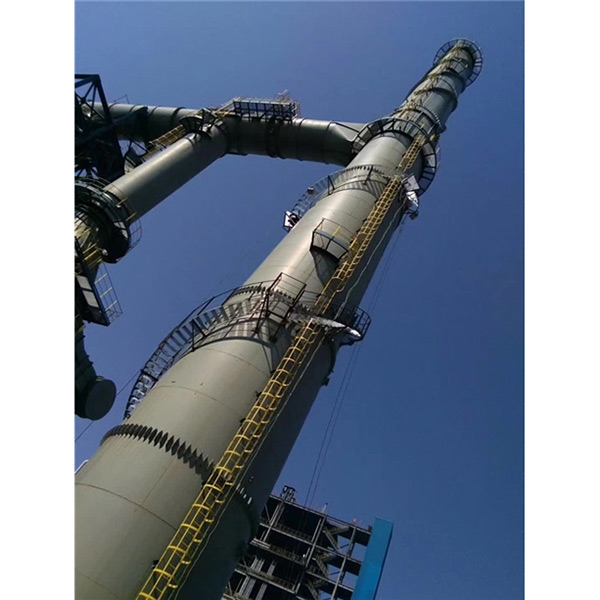What material is used for industrial chimneys?
2024-01-10
Industrial chimneys are constructed using various materials, depending on factors such as the height of the chimney, the type of industry, environmental conditions, and local building codes. Some common materials used for constructing industrial chimneys include:

1. Steel: Steel is a prevalent material for constructing industrial chimneys due to its durability, strength, and resistance to high temperatures. Stainless steel or carbon steel with protective coatings are often used to withstand corrosion caused by the chemicals present in emissions.
2. Reinforced Concrete: Concrete is another widely used material for chimney construction. Reinforced concrete offers strength, durability, and resistance to high temperatures. It can be molded into various shapes and sizes, making it suitable for constructing tall and sturdy chimneys.
3. Brick or Masonry: Traditional chimneys were often constructed using bricks or masonry. While less common in modern industrial settings due to the limitations in height and maintenance requirements, brick chimneys are still used in some smaller-scale industrial applications.
4. Fiberglass Reinforced Plastic (FRP): In certain cases, fiberglass reinforced plastic can be used for constructing chimneys, particularly when corrosion resistance is a significant concern. FRP chimneys are lightweight and offer excellent resistance to various chemicals and harsh environments.
The choice of material depends on factors such as the chimney's height, the type of emissions produced, environmental conditions (including temperature, humidity, and presence of corrosive elements), and the specific requirements of the industry and local regulations. In many cases, a combination of materials or special coatings may be used to enhance the chimney's durability, thermal resistance, and resistance to corrosion.


